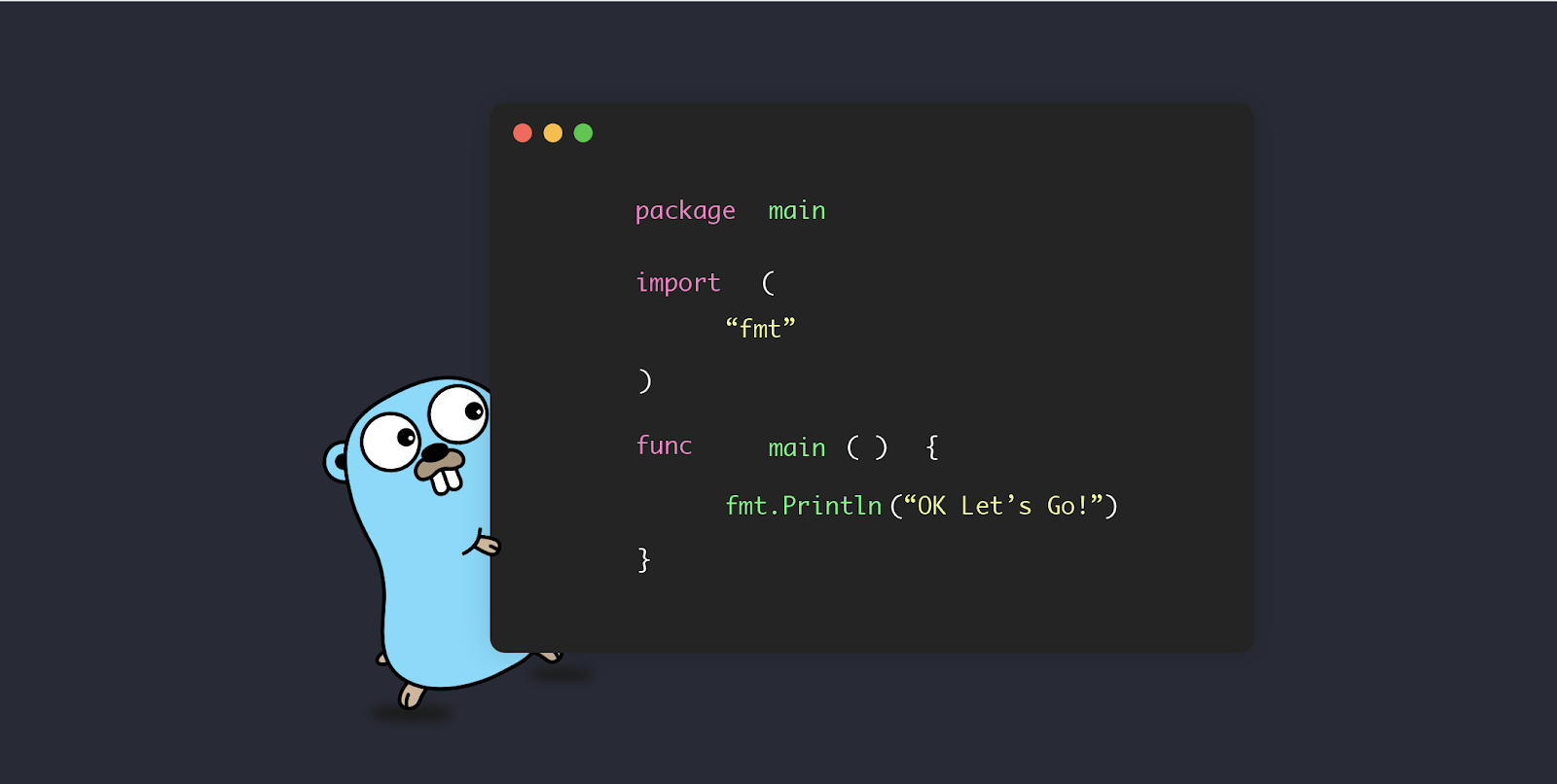Maps are a versatile and fundamental data structure in the Go programming language, often referred to as Golang. They provide a convenient way to store and manage key-value pairs, enabling efficient data retrieval and manipulation. In this blog, we'll dive deep into the world of maps in Go, covering their definition, creation, manipulation, use cases, advantages, and best practices. Whether you're new to Go or looking to become a map master, this guide will help you harness the full potential of maps.
What Are Maps?
A map is a built-in data structure in Go used for storing key-value pairs. Each key in a map is unique and associated with a specific value. Maps are sometimes referred to as dictionaries or associative arrays in other programming languages.
Here's the basic syntax of a map declaration:
var myMap map[keyType]valueTypeFor example, to declare an empty map that maps strings to integers:
var age map[string]intCreating Maps
Maps can be created in Go using the make function or with a composite literal. Here are two common ways to create a map:
Using make
You can use the make function to create a new map with a specified key-value type:
ages := make(map[string]int)Using Composite Literals
You can also create a map using a composite literal with initial key-value pairs:
colors := map[string]string{
"red": "#FF0000",
"green": "#00FF00",
"blue": "#0000FF",
}In this example, we create a map named colors that maps color names (strings) to their hexadecimal values (strings).
Accessing and Modifying Map Elements
Accessing Values
You can retrieve the value associated with a key in a map using the key in square brackets:
redHex := colors["red"]If the key doesn't exist in the map, the expression returns the zero value for the value type. For integers, this would be 0, and for strings, an empty string "".
Modifying Values
To add or update a value in a map, you assign a value to a key:
colors["yellow"] = "#FFFF00"If the key already exists, this assignment updates the value; otherwise, it adds a new key-value pair.
Deleting Values
You can delete a key-value pair from a map using the delete function:
delete(colors, "green")This code removes the key "green" and its associated value from the colors map.
Iterating Over Maps
You can iterate over the key-value pairs in a map using a for loop. The order of iteration is not guaranteed, as maps are unordered collections.
Here's how you can iterate over the colors map and print its key-value pairs:
for color, hex := range colors {
fmt.Printf("Color: %s, Hex: %s\n", color, hex)
}Use Cases for Maps
Maps are versatile and find use in various scenarios, including:
-
Data Indexing: Maps are commonly used for indexing and fast retrieval of data based on unique keys.
-
Configuration: Maps can store configuration settings with easily accessible key-value pairs.
-
Caching: Maps are used for caching computed results to avoid redundant calculations.
-
Counting: Maps are used to count occurrences of elements in a collection.
-
Dynamic Properties: Maps are used to store dynamic properties of objects.
Advantages of Maps
Maps offer several advantages in Go:
-
Fast Lookup: Maps provide constant-time average lookup, making them efficient for retrieving values based on keys.
-
Dynamic Size: Maps can grow or shrink dynamically as elements are added or deleted, which is useful when the number of items is unknown.
-
Key Flexibility: Maps allow various types as keys (including user-defined types) and offer flexibility in the choice of key types.
-
Efficient Memory Use: Maps are memory-efficient, as they allocate memory only for the key-value pairs stored.
Best Practices for Using Maps
To make the most of maps in Go, consider the following best practices:
-
Check for Key Existence: Always check if a key exists in the map using the
_, ok := map[key]idiom before accessing it to avoid runtime panics. -
Use Structs for Complex Data: If your map needs to store complex data structures as values, consider using structs instead of maps as values for improved code readability.
-
Document Map Semantics: Clearly document the expected keys and value types, as well as the behavior of the map, in your code.
-
Avoid Map Race Conditions: Be cautious when using maps in concurrent code. Use synchronization mechanisms like mutexes to prevent race conditions.
Conclusion
Maps are a fundamental and powerful data structure in Go, offering efficient key-value pair storage and retrieval. By understanding how to create, manipulate, and utilize maps effectively, you can solve a wide range of problems in your Go programs. Whether you're building web applications, command-line utilities, or complex data processing pipelines, maps are a critical tool in your Go developer toolkit.
